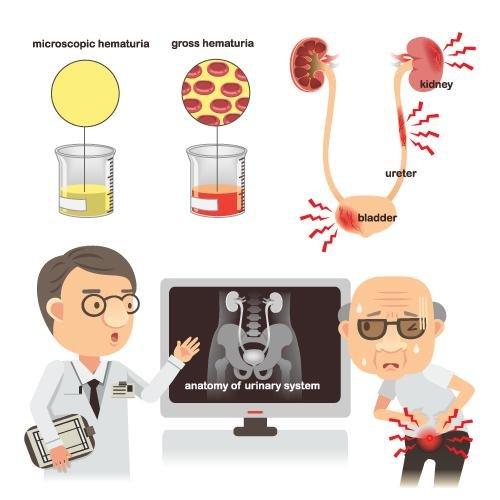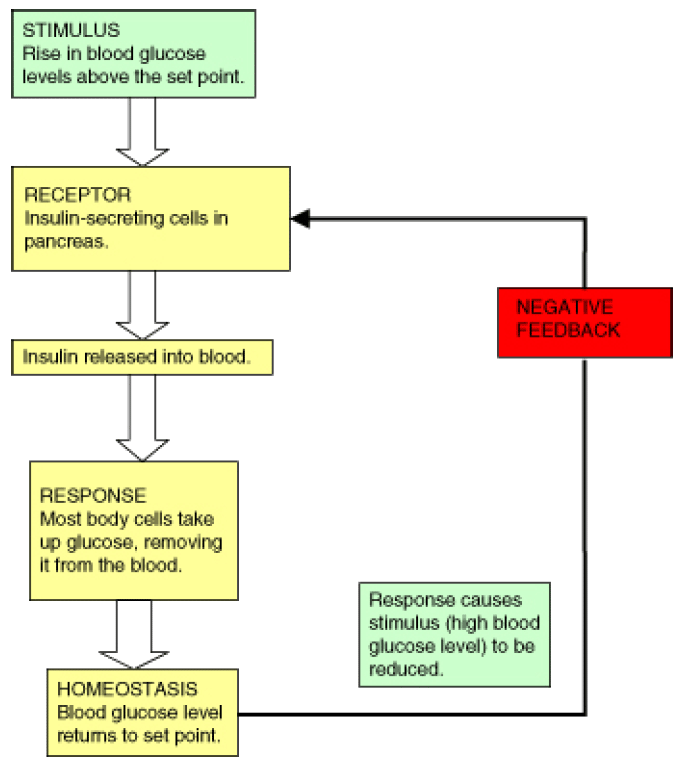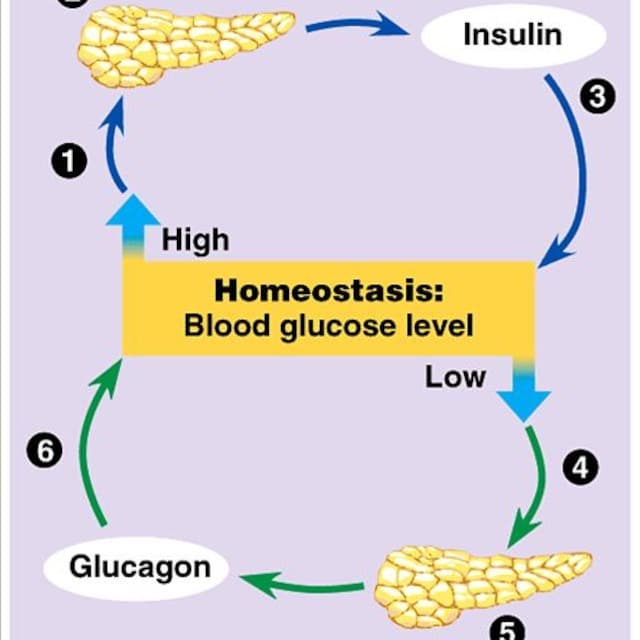Causes Of Low Blood Glucose
Low blood glucose is common for people with type 1 diabetes and can occur in people with type 2 diabetes taking insulin or certain medications. The average person with type 1 diabetes may experience up to two episodes of mild low blood glucose each week, and thats only counting episodes with symptoms. If you add in lows without symptoms and the ones that happen overnight, the number would likely be higher.
What Are The Treatments For Hypoglycemia
Make an appointment with an endocrinologist if you feel like youre having episodes of hypoglycemia, even if youre not diabetic. Theyll talk you through treatment strategies, including:
-
Adjusting your medications. You may need to change how often you take insulin or other medications, which medications youre on, how much you take, and when you take them.
-
Working with a registered dietitian on a personalized meal plan that stabilizes blood sugar levels. Theres no one-size-fits-all hypoglycemia diet, but a nutritionist can help you figure out a consistent meal plan tailored to you, and teach you how to count carbohydrate grams to go along with your health and routine.
-
Increasing and improving self-monitoring of your blood glucose levels. Knowing your blood glucose level throughout the daywhen you get up, before meals, and after meals etc.can help you keep it from getting too low.
-
Limiting consumption of alcoholic beverages. Alcohol interferes with the way your body metabolizes glucose. If you’re prone to hypoglycemia, consider decreasing how much alcohol you consume.
-
Glucose tablets . Make sure you always have glucose tablets on hand, whether at home, school, the office, or the gym. After taking the tablet, check your blood sugar. If its still low, take another tablet. If that doesnt help, check with your doctor.
How To Prevent Low Blood Sugar
Small changes to your diet and physical activity habits can help prevent blood sugar spikes and decreases.
- Take smaller portions of high-carb foods, such as bread, pasta, potatoes, desserts, soft drinks and other sugar-sweetened beverages, and rice.
- Include a source of protein, fat, and/or dietary fiber when you eat carbohydrates.
- Choose less-processed versions of foods, such as whole fruit instead of juice, whole grains instead of refined, and pasta al dente instead of very well-cooked pasta.
- Instead of exercising on an empty stomach, have a small snack an hour or two before you start, or a larger snack or small meal three hours before.
- Have a snack or your next scheduled meal as soon as possible after exercising.
These changes can help prevent blood sugar swings.
Instead of… Try… Because… White bread with jam
Whole-grain bread with peanut butter and fruit
Jam adds sugar, fruit and whole-grain bread add fiber, and peanut butter adds fat and protein.
Bean and rice burrito
Bean and cheese or chicken burrito on a whole-wheat tortilla
Rice and a tortilla add carbs, while swapping chicken or cheese adds protein.
Boiled potato
Baked potato skins with Greek yogurt and broccoli
The skins have fewer carbs while yogurt adds protein and broccoli adds fiber
Fruit smoothie
Fruit salad with cut fruit and walnuts
Cut fruit is lower in fiber than pureed, and walnuts have protein, fat, and fiber
Pancakes with syrup and fruit juice
Pancakes with cut fruit and cottage cheese
Recommended Reading: Post Prandial Blood Sugar Level
What Are The Signs And Symptoms Of Hypoglycemia
Hypoglycemia tends to present as a cluster of symptoms, and they often occur together. The most common signs of dangerously low blood sugar include:
-
Dizziness, disorientation, light-headedness, and an inability to think clearly
-
Hunger, especially if youve just eaten
-
Heightened irritability, confusion, and anxiety
-
Clamminess and sweating, with cold hands and feet
-
Drastic mood swings
If you have one or more of these symptoms contact your doctor.
Treating Severely Low Blood Sugar

Blood sugar below 55 mg/dL is considered severely low. You wont be able to treat it using the 15-15 rule. You also may not be able to check your own blood sugar or treat it by yourself, depending on your symptoms. Make sure your family members, friends, and caregivers know your signs of low blood sugar so they can help treat it if needed.
Injectable glucagon is the best way to treat severely low blood sugar. A glucagon kit is available by prescription. Speak with your doctor to see if you should have a kit. Be sure to learn how and when to use it. Let family members and others close to you know where you keep the glucagon kit and make sure theyve been trained in how to use it too.
Its important to contact a doctor for emergency medical treatment immediately after receiving a glucagon injection. If a person faints due to severely low blood sugar, theyll usually wake up within 15 minutes after a glucagon injection. If they dont wake up within 15 minutes after the injection, they should receive one more dose. When the person is awake and able to swallow:
- Feed the person a fast-acting source of sugar .
- Then, have them eat a long-acting source of sugar .
Its also important that friends, family, co-workers, teachers, coaches, and other people you may be around often know how to test your blood sugar and treat severely low blood sugar before it happens.
If any of the following happens, your friend, relative, or helper should call 911:
Recommended Reading: Free Stuff For Type 1 Diabetes
Treating Someone Having A Seizure
Follow these steps if someone has a seizure due to low blood sugar:
Tell your diabetes care team if you ever have a severe hypo that caused you to have a seizure.
Do Not Drive When You Have Low Blood Sugar
It’s very dangerous. If you’re driving and you have hypoglycemia symptoms, pull off the road, check your blood sugar, and eat a sugary food. Wait at least 15 minutes, check your blood sugar, and repeat these steps if necessary. Eat a protein and carbohydrate source before you drive on.
Be prepared. Keep a sugar source in your car at all times for emergencies.
Don’t Miss: Can Adults Develop Type 1 Diabetes
How Is Hypoglycemia Treated
When your blood sugar levels are too low, eating carbohydrates is key. If you have diabetes, try to keep high carbohydrate snacks on hand.
The American Diabetes Association recommends that your snack have at least 15 grams of carbohydrates. Some good snacks to keep on hand are:
- jelly beans or gumdrops
- fresh or dried fruit
You also can take glucose tablets to rapidly raise your blood sugar if its low. These are available without a prescription. Its important to check how many grams are in each tablet before taking them. Aim to get 15 to 20 grams of carbohydrates.
Wait 15 minutes after eating or taking a glucose tablet and test your blood sugar again. If your blood sugar is not going up, eat another 15 grams of carbohydrates or take another dose of glucose tablets. Repeat this until your blood sugar level starts to rise.
Be sure not to overeat. This could lead to blood sugar levels that are too high.
If your blood sugar remains unresponsive, contact your doctor or emergency services right away. When in doubt, treat.
Symptoms of low blood sugar usually get worse if theyre left untreated. Make an appointment to see your doctor if you have diabetes and experience low blood sugar levels often, or if you have symptoms, even if you dont have diabetes.
Diabetic Alert Dogs Can Help
Not only can dogs deal with low blood sugar like people, but they are also known to help their human companions detect hypoglycemia.
In a July 2016 study published in Diabetes Care, researchers studied eight women ages 41 to 51 with type 1 diabetes and found that dogs could detect isoprene chemicals, a marker of low blood sugar, on participants breath. These results suggest dogs may be able to warn their owners of impending hypoglycemic attacks. Dogs can be trained to detect such episodes.
Also Check: Diet For Diabetes Patient In India
Treating Low Blood Glucose If You Take Medicines That Slow Down Digestion
Some diabetes medicines slow down the digestion of carbohydrates to keep blood glucose levels from rising too high after you eat. If you develop low blood glucose while taking these medicines, you will need to take glucose tablets or glucose gel right away. Eating or drinking other sources of carbohydrates wont raise your blood glucose level quickly enough.
Can You Check Your Blood Sugar At Home Without A Meter
The advances in health technology have made it much easier for people to get real-time insights into their blood glucose, or blood sugar, levels. But testing and monitoring your glucose levels itself isnt new. The first diagnostic test for diabetes was created as far back as 1841. It analyzed glucose levels by analyzing urine using acid hydrolysis, a test that breaks down larger molecules such as glucose into smaller ones.
Over the following centuries, scientists refined this urine analysis method further by using different compounds. But it wasnât until the 1970s that glucose blood tests such as the hemoglobin A1c, or HbA1c, became available.
Eventually, at-home finger-prick tests became available for use by the general public. Nowadays, technology has made it even easier to get 24/7 glucose level analysis without needing to prick fingers every time. You can now use tools like the continuous glucose monitor to track glucose in real-time.
Read on to learn how glucose testing and self-monitoring has made it easy for people to maintain normal blood glucose levels.
Read Also: Blood Sugar Levels Chart By Age 50
If A Person Is Unconscious
If a person loses consciousness because of severe hypoglycaemia, they need to be put into the recovery position and given an injection of the hormone glucagon . The injection will raise their blood glucose level.
The injection should be carried out by a friend or family member who knows what they’re doing, or by a trained healthcare professional.
You should dial 999 to request an ambulance if:
- a glucagon injection kit isn’t available
- there’s nobody available who’s trained to give the injection
- the injection is ineffective after 10 minutes
Never try to put food or drink into the mouth of someone who’s unconscious as they could choke.
If you’re able to give a glucagon injection and the person regains consciousness, they should eat some longer-acting carbohydrate food, such as a few biscuits, a cereal bar or a sandwich.
You should continue to monitor the person for signs of recurring symptoms in case they need to be treated again.
Preventing Low Blood Sugar

Preventing low blood sugar is better than having to treat it. Always have a source of fast-acting sugar with you.
- When you exercise, check your blood sugar levels. Make sure you have snacks with you.
- Talk to your provider about reducing insulin doses on days that you exercise.
- Ask your provider if you need a bedtime snack to prevent low blood sugar overnight. Protein snacks may be best.
Do not drink alcohol without eating food. Women should limit alcohol to 1 drink a day and men should limit alcohol to 2 drinks a day. Family and friends should know how to help. They should know:
- The symptoms of low blood sugar and how to tell if you have them.
- How much and what kind of food they should give you.
- When to call for emergency help.
- How to inject glucagon, a hormone that increases your blood sugar. Your provider will tell you when to use this medicine.
If you have diabetes, always wear a medical alert bracelet or necklace. This helps emergency medical workers know you have diabetes.
Also Check: How To Get Tested For Diabetes
What Is Low Blood Glucose
Low blood glucose, also called low blood sugar or hypoglycemia, occurs when the level of glucose in your blood drops below what is healthy for you. For many people with diabetes, this means a blood glucose reading lower than 70 milligrams per deciliter .1 Your number might be different, so check with your doctor or health care team to find out what blood glucose level is low for you.
No Symptoms Be Alarmed
Surprisingly, the most dangerous episodes of hypoglycemia occur with little or no warning. When low blood glucose occurs on a regular basis, the body can become used to the warning signs and the person may stop noticing symptoms. This is a particularly dangerous condition known as hypoglycemic unawareness. People with this condition might not realize they have low blood glucose until it’s dangerously low seizures and coma are sometimes the first indication of a problem. The good news is that this condition can often be reversed allowing people to once again notice the signs of low blood glucose if hypoglycemia is avoided for a few weeks through careful monitoring of blood glucose.
Read Also: How Much Does Type 1 Diabetes Cost Per Year
Hypoglycemia In Children: Pediatric Ketotic Hypoglycemia
Some children experience pediatric ketotic hypoglycemia, a condition involving low blood sugar levels and high levels of ketones. If people do not have enough glucose to use as energy, the body begins to break down fat in the body instead. The body produces chemicals called ketones as a by-product of breaking down fat.
According to a 2019 study , pediatric ketotic hypoglycemia usually occurs due to poor intake of food, a gastrointestinal illness and vomiting, or a period of prolonged fasting. Severe metabolic and hormonal conditions may also cause pediatric ketotic hypoglycemia.
Pediatric ketotic hypoglycemia may affect children from 6 months old and often resolves after the age of 6 years.
How To Treat Someone Whos Having A Seizure Or Fit
Follow these steps if someone has a seizure or fit caused by a low blood sugar level:
Tell your diabetes care team if you ever have a severe hypo that caused you to have a seizure or fit.
Recommended Reading: Does Diabetes Cause Tooth Loss
Why Do These Symptoms Matter For Diabetics
These symptoms are essential for diabetics to understand, because they may encounter high or low blood sugar levels from time to time.
A cold or virus can cause sudden high blood sugar levels, and understand the symptoms means knowing how to deal with hyperglycemia or hypoglycemia.
People with diabetes who can recognise the symptoms can avoid levels that lead to medical emergencies such as diabetic ketoacidosis
How To Dispose Of Single
Some of the supplies you use to test your blood sugar are intended for single use only and need to be disposed of safely to prevent others from contact with used and potentially harmful supplies. It is important to carefully dispose of:
- Needles, for those who take insulin
For at-home containment of used testing supplies, the Food and Drug Administration recommends getting an FDA-cleared sharps disposal container. These are typically available from pharmacies, healthcare providers, medical supply companies, or online. Some local regulations allow alternative disposal containers, like an empty, heavy-duty plastic detergent bottle with a tight-fitting, puncture and leak-resistant lid.
When your sharps container reaches the full line or is three-quarters full, dispose of it by following your local guidelines for biohazardous materials. Some communities have collection sites, special pick-up services, or mail-back programs. To learn more, see the FDAs article on safe disposal for used needles and sharps.
Once you have completed your test, immediately place the single-use testing supplies into a sharps container to reduce the chances of a loose lancet or needle poking you or others. Some lancets come with safety caps to cover the exposed needle during the removal and disposal process. Safety caps should be used if you do not have immediate access to a sharps container.
Recommended Reading: Insulin Pen Cost Without Insurance
What To Do For A Low Blood Sugar Reading
You have low blood sugar when you get a reading below 70 mg/dl. Without treatment, this can damage the nervous system and cause seizures. If your blood sugar drops to this level and you are an adult, you need to consume about 15 grams of carbohydrates to raise it to 70 mg/dl or higher.
Wait 15 minutes and check your blood sugar. If it is still lower than 70 mg/dl, consume an additional 15 g of carbs. Repeat these steps until your reading is 70 mg/dl or more. Eat a snack until your next meal.
If you often have low blood sugar levels, check your blood sugar level before driving and address it if it is low.
Nighttime Low Blood Sugar

While low blood sugar can happen at any time during the day, some people may experience low blood sugar while they sleep. Reasons this may happen include:
- Having an active day.
- Being physically active close to bedtime.
- Taking too much insulin.
- Drinking alcohol at night.
Eating regular meals and not skipping them can help you avoid nighttime low blood sugar. Eating when you drink alcohol can also help. If you think youre at risk for low blood sugar overnight, have a snack before bed.
You may wake up when you have low blood sugar, but you shouldnt rely on that. A continuous glucose monitor can alert you with an alarm if your blood sugar gets low while youre sleeping.
Recommended Reading: A1c 6.1 Average Blood Sugar